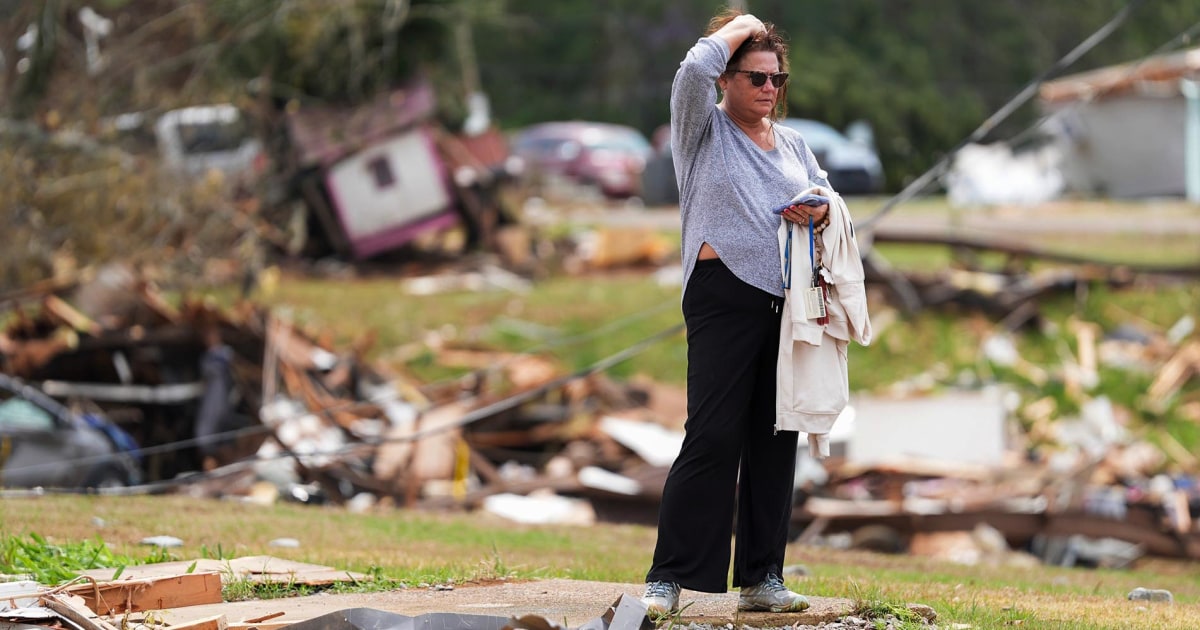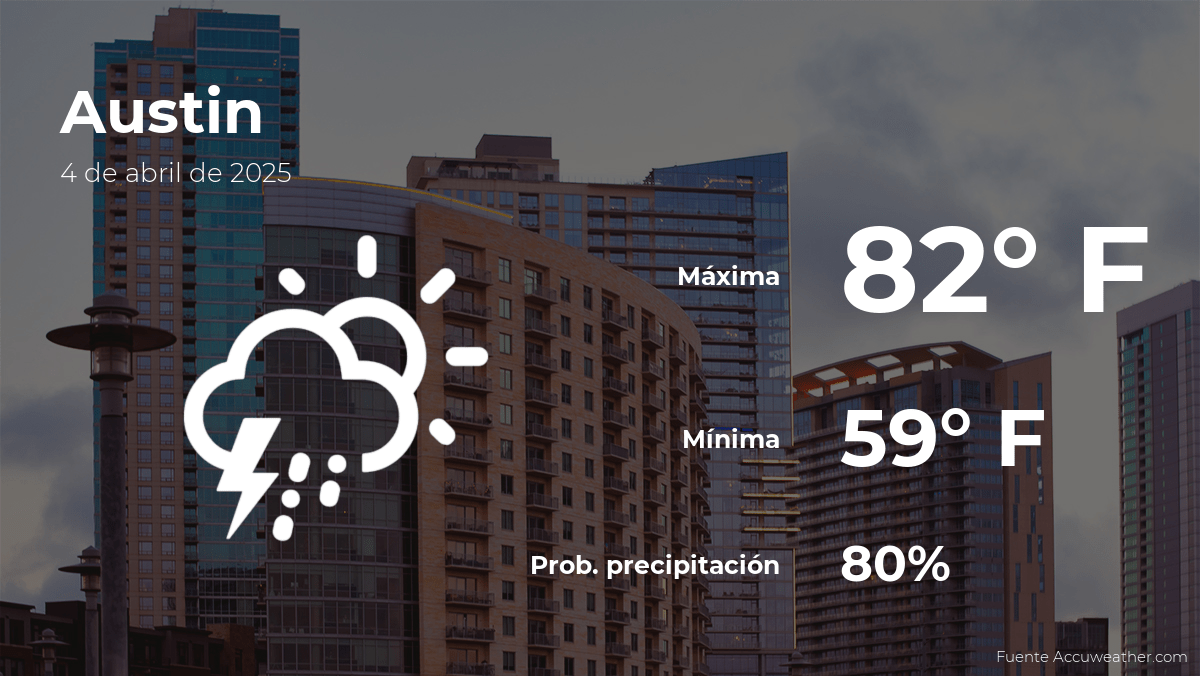Battling the Blaze: Understanding the Initiative Against Extreme Wildfires
As climate change continues to escalate, wildfires are becoming increasingly severe and frequent across the globe. This alarming trend has spurred a coalition, bolstered by the backing of tech giant Google, to launch innovative strategies aimed at mitigating the devastating impacts of these natural disasters. The initiative, dubbed “Battling the Blaze,” seeks to harness technology, data analytics, and community engagement to cultivate a more resilient environment. In this article, we will explore the multifaceted approach of this initiative, its potential impacts, and how technology can revolutionize wildfire management.
Why Wildfires Are Becoming More Extreme
Understanding the mechanics of wildfires is crucial to appreciating the necessity of initiatives like Battling the Blaze. Wildfires are fueled by a combination of dry conditions, high temperatures, and strong winds. As climate change progresses, these conditions are becoming more prevalent.
- Rising Temperatures: Global temperatures have increased, leading to prolonged drought conditions in many regions.
- Invasive Species: Non-native plant species can create denser fuel loads that are more flammable.
- Human Activity: Urban expansion and land use changes have increased the likelihood of ignition sources.
These factors contribute to longer wildfire seasons and more intense fires, underscoring the urgent need for proactive measures to manage and mitigate risks.
The Coalition Behind the Initiative
The Battling the Blaze initiative is the result of a collaborative effort among various stakeholders, including governmental agencies, local communities, non-profits, and private sector partners like Google. This diverse coalition brings a wealth of expertise to the table, enabling a comprehensive approach to wildfire management.
Key Stakeholders and Their Roles
- Google: As a technology leader, Google provides advanced data analytics tools and cloud computing resources that can be used to predict fire behavior and assess risks.
- Local Governments: These entities play a crucial role in implementing plans and educating communities about fire safety and preparedness.
- Non-Profit Organizations: These groups often focus on community engagement and education, raising awareness about fire risks and promoting best practices.
By leveraging the strengths of each stakeholder, the initiative aims to create a holistic strategy for wildfire prevention and response.
Innovative Strategies in Battling the Blaze
The heart of the Battling the Blaze initiative lies in its innovative strategies, which combine cutting-edge technology with grassroots community engagement. Here are some of the key components:
1. Predictive Analytics
One of the most promising aspects of this initiative is the use of predictive analytics to forecast wildfire risks. By analyzing historical data and current environmental conditions, experts can identify areas at high risk of wildfires. This information can then be used to:
- Deploy firefighting resources more effectively.
- Inform local communities about impending risks, enabling them to take preventive measures.
- Guide policy decisions regarding land management and urban planning.
2. Community Engagement and Education
Community engagement is pivotal in the fight against wildfires. The initiative promotes educational programs aimed at teaching residents about:
- Fire-resistant landscaping techniques.
- Emergency preparedness plans for families.
- Community-wide fire drills and response strategies.
Educated communities are better equipped to protect themselves and respond effectively in the event of a wildfire.
3. Technological Tools for Fire Management
Technology plays a vital role in modern firefighting strategies. The initiative incorporates tools such as:
- Drones: These are used for aerial surveillance to detect fires early and assess damage.
- Remote Sensing Technologies: These technologies help monitor vegetation health and moisture levels, providing crucial data for fire risk assessment.
- Mobile Apps: Applications designed to provide real-time updates and alerts to residents can significantly enhance community preparedness.
Success Stories and Case Studies
The Battling the Blaze initiative has already seen success in various pilot programs across the United States. For instance, in California, communities that implemented predictive analytics in their fire management plans reported a 30% decrease in wildfire incidents compared to previous years.
Furthermore, the integration of educational programs has empowered residents to adopt fire-safe practices, leading to a more informed and proactive public. One notable case involved a small town that transformed its approach to landscaping, reducing flammable vegetation around homes, which ultimately minimized property losses during wildfire season.
The Future of Wildfire Management
As climate change continues to pose a threat, initiatives like Battling the Blaze are crucial in reshaping our approach to wildfire management. By combining technology, data analysis, community engagement, and education, we can create a more resilient environment that is better prepared to face the challenges of extreme wildfires.
The future of wildfire management may also see increased collaboration on a global scale, as countries share data and best practices. This international cooperation could lead to even more effective strategies for combating wildfires globally.
Conclusion
In conclusion, Battling the Blaze represents a significant step forward in the fight against extreme wildfires. By leveraging technology and fostering community involvement, this initiative aims not only to mitigate the impacts of wildfires but also to empower individuals and communities to take charge of their own safety. With continued support and innovation, we can hope to see a future where wildfires are managed more effectively, safeguarding lives, property, and natural ecosystems.
As wildfires become an increasingly prevalent issue, it’s vital that we all engage in this fight—whether through community involvement, education, or supporting initiatives that promote resilience and sustainability. Together, we can turn the tide against the flames.
See more Your Daily Weather



